We love all that flies.
-Those Fantastic Flying Machines-
NEWS AND ANNOUNCEMENTS
Search This Blog
Some links may have expired
Ghetto List
Friday, August 31, 2012
SAS - Scandinavian Airlines McDonnell Douglas MD-87 OY-KHU
Thursday, August 30, 2012
Airbus admits mistakes in management of new A380 technology
Airbus admits mistakes in management of new A380 technology
Airbus CEO Tom Enders says a lack of sufficient design controls when using new technologies ultimately caused the cracked wings on the A380.
"We thought we understood the properties of the materials and the interface between carbon fibre and metal and found out the wrong way we didn't know everything,” he stated. Enders admitted that the manufacturer did not have the necessary controls in place to anticipate potential mistakes.
Adding to Enders comments, EVP programmes Tom Williams said “assumptions” about an aluminium material used were made during ground testing of the airframe, because it had been used on other programmes. Other assumptions were made in the modelling techniques employed, he said.
Harsh lessons will be learned. The manufacturer is to review the A380 delivery schedule for this year, saying that the current target of 30 could be a “challenge”. Airbus estimates that the cost of fixing existing A380 wings will reach €260m in 2012, and it will continue to have responsibility for these costs in the years ahead as the company revealed a permanent fix will only come on aircraft delivered from 2014 onwards. “I'm quite sure the A380 will survive this, as other aircraft programmes have in the past, but it costs the company dearly in money, and I'm afraid also in reputation,” Enders said.
While the details of the cause of the cracks are now known – with the use of a relatively inflexible aluminium alloy to make the wing brackets, the method in which fasteners are put through holes, and the stresses generated during assembly blamed – a redesign of the wing still needs to be finalised and approved by the European Aviation Safety Agency. But this design is only expected to become part of the manufacturing process in mid-2013, for deliveries in early 2014.
Therefore, up to 120 A380s will be delivered before the permanent fix becomes standard. In the meantime, a short-term fix – which takes five days to implement – will be applied to A380s as they reach a mandated threshold. Roughly a third of the 74 A380s currently in service have already received this fix.
Jason Holland, Editor, Aircraft Technology Engineering & Maintenance
jason.holland@ubmaviation.com
Tuesday, August 28, 2012
Monday, August 27, 2012
Russian Space Shuttle Buran

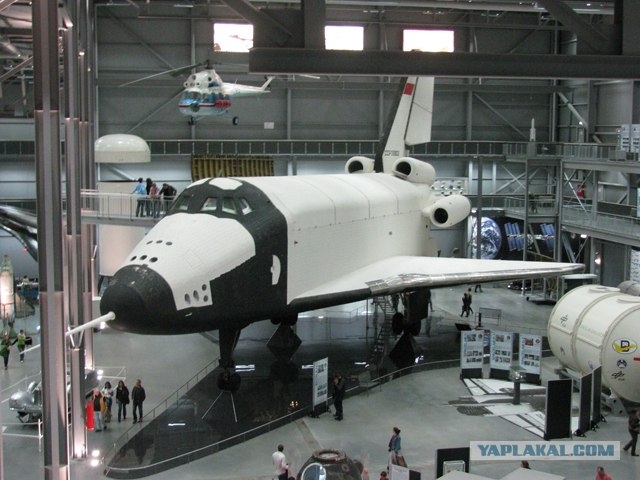
Do you remember the biggest fail of MAKS show this year? Yes, it was connected to Buran. This one is located in a specially built aircraft shed in a museum in Speyer, Germany. Let’s see how it’s treated abroad.

It’s not the Buran which made its first and only flight in 1988. That one was destroyed in 2002, when the roof of the airplane shed where it was standing, collapsed.
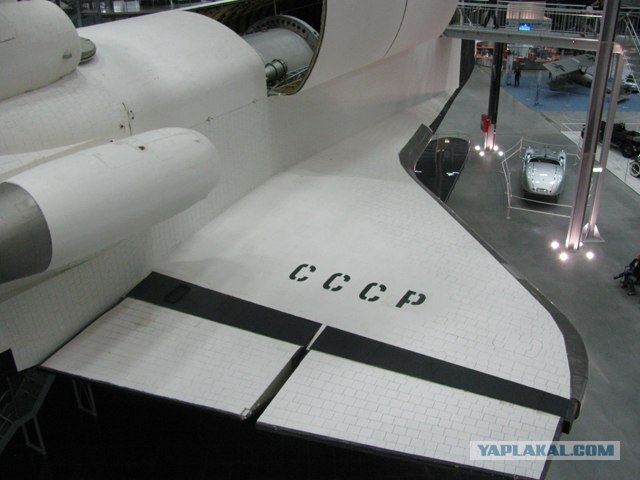
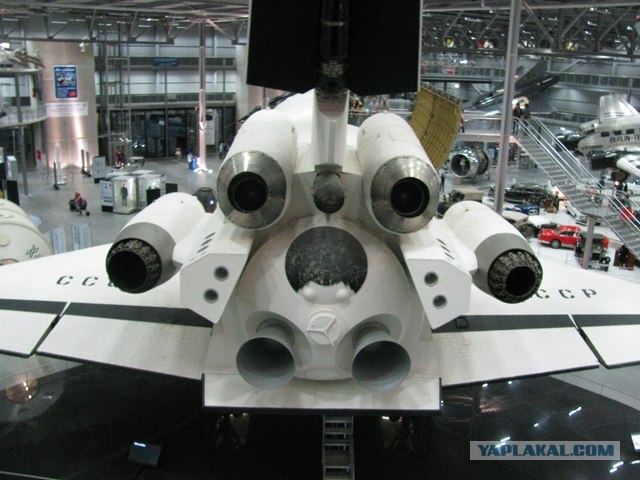
Soviet engineers created several models of Buran but only one of them was able to fly.
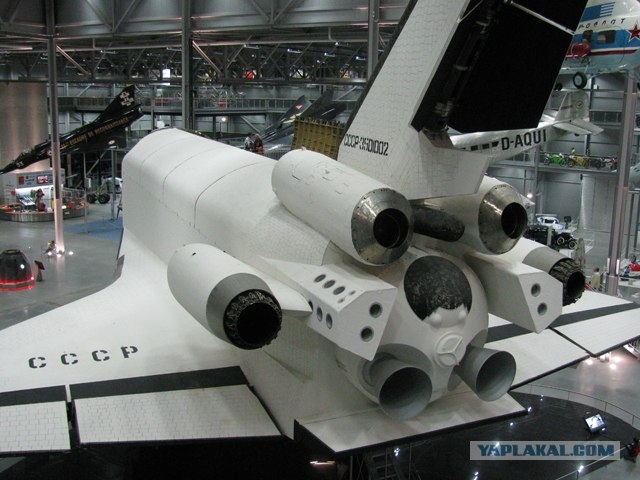
This shuttle made 25 flights and it can be operated both manually and automatically .
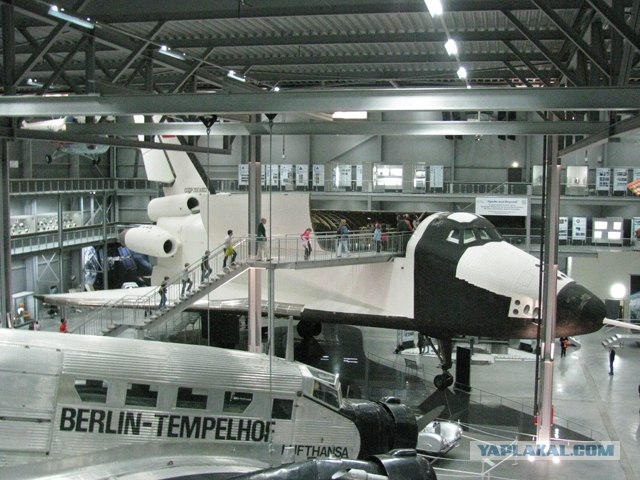
Thanks to the owner of the museum in Speyer, this Buran didn’t end up its life at a scrap yard.
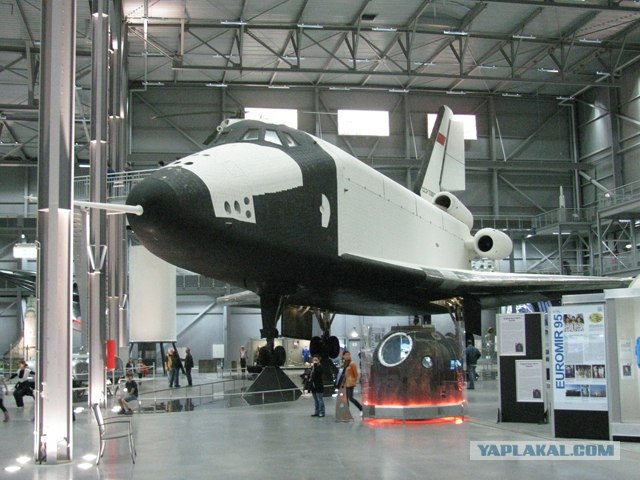
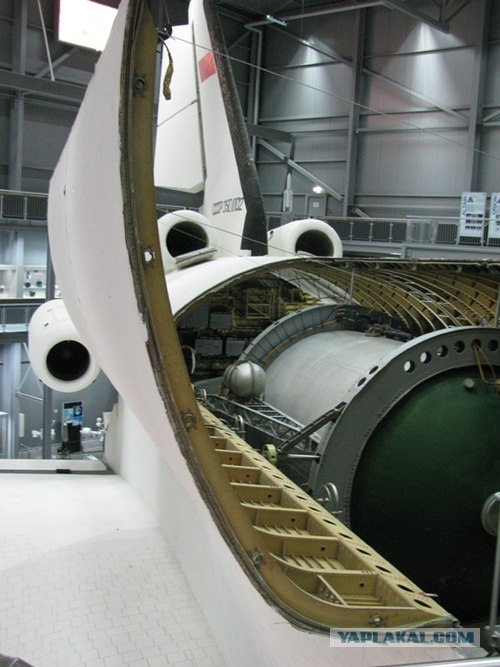
A cargo compartment.
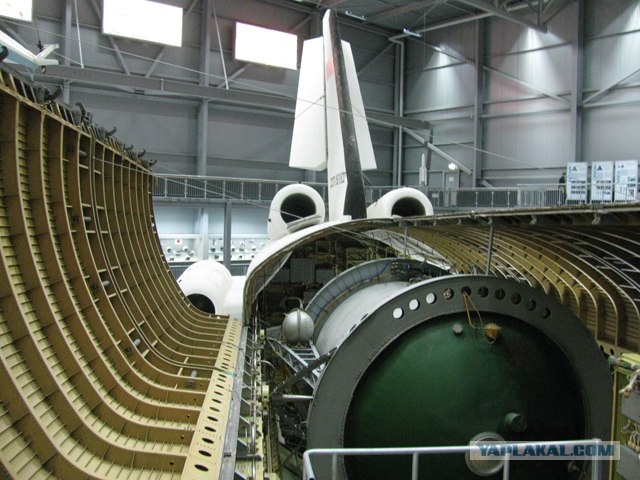
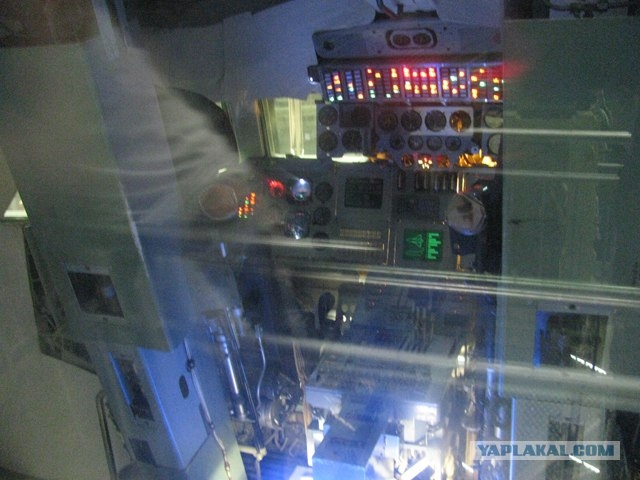
The cabin.
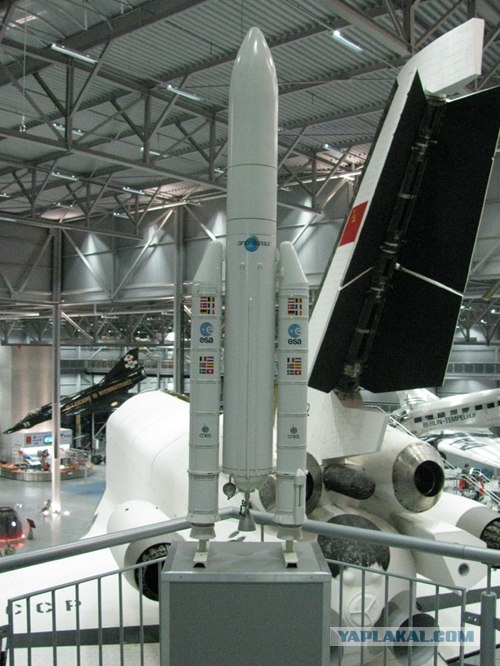
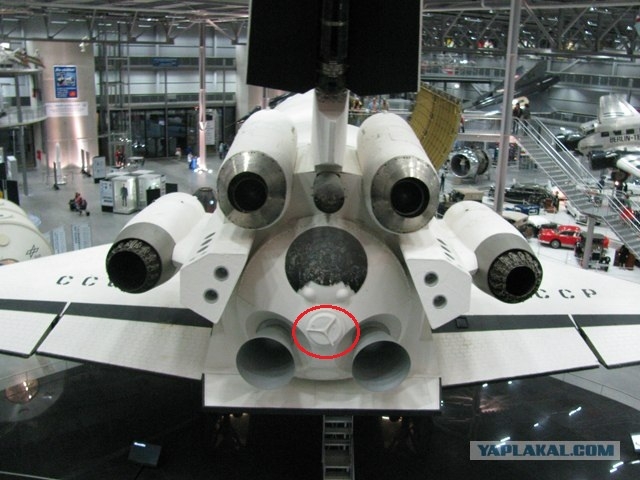
Mercedes?

Buran at an exhibition.

Location: Speyer
F-22 Raptor - P-51 Mustang Heritage Flight
F-22 Raptor
Sunday, August 26, 2012
USAF C-5 Galaxy
 |
| United States Air Force C-5 Galaxies cargo aircraft line up on a Westover, MA Air Reserve Base runway to make room for an air show. (photo by: SrA. Kelly Galloway) |
Friday, August 24, 2012
Thursday, August 23, 2012
Monday, August 20, 2012
Friday, August 17, 2012
Thursday, August 16, 2012
Hypersonic X-51 Unsuccessful -- Engine Not to Blame
Hypersonic X-51 Unsuccessful -- Engine Not to Blame
Posted byGraham Warwick8:14 AM on Aug 15, 2012
Tags:ar99, hypersonicNo confirmation yet, but sources are telling Aviation Week that yesterday's attempted Mach 6 flight of the U.S. Air Force Research Laboratory's Boeing X-51A Waverider hypersonic demonstrator was not a success - but that the vehicle's Pratt & Whitney Rocketdyne SJX61 dual-mode ramjet/scramjet engine was not to blame.
UPDATE - Wired's Danger Room tweeted earlier that a fin problem resulted in loss of control before the engine could start.
The Air Force Flight Test Center at Edwards AFB confirmed to Reuters earlier today that the X-51A and its booster were launched successfully from the B-52 mothership over the Pacific between 10:00 and 11:00am local time on Aug. 17, But there has been no news since. Details of the flight are expected to be announced today.
The latest X-51A included a series of hardware and software changes to overcome issues thought to have brought the second flight on June 13, 2011, to a premature end after only 9.5 sec. of powered flight at around Mach 5.
Another flight ended when the vehicle stack failed to separate from the B-52. The next attempt launched successfully, the vehicle separated from its booster, but its flight ended when the engine failed to transition from the ethylene fuel used to start the scramjet to the JP-7 fuel used for sustained flight. The inlet started, but then unstarted.
The first flight on May 25, 2010, reached Mach 4.88. Although it did not achieve the planned Mach 5, the test was considered a technical success as some 143 sec. of the vehicle’s 210 sec. of powered flight time was under scramjet power -- 11 times longer than any previous air-breathing flight with a scramjet.
A fourth X-51A is close to completion at Boeing's Palmdale, Calif. plant, but is currently not funded for flight testing.
Ethiopian's First 787-8
Ethiopian's First 787-8
Posted byRupa Haria3:04 AM on Aug 15, 2012
Tags:tw99, 787 Ethiopian Airlines yesterday took delivery of its first Boeing 787, making it the first airline outside of Japan to operate the type. The airline has nine more 787s on order.The 270-seat aircraft will be on tour at Washington Dulles airport today before flying to Addis Ababa tomorrow. Ethiopian says it will initially fly the 787 on African routes before commencing services further afield.The airline, which operates an all-Boeing fleet, is "seriously considering" both the Boeing 737 MAX and Airbus A320neo as part of its long term expansion, according to Wall Street Journal.
Ethiopian Airlines yesterday took delivery of its first Boeing 787, making it the first airline outside of Japan to operate the type. The airline has nine more 787s on order.The 270-seat aircraft will be on tour at Washington Dulles airport today before flying to Addis Ababa tomorrow. Ethiopian says it will initially fly the 787 on African routes before commencing services further afield.The airline, which operates an all-Boeing fleet, is "seriously considering" both the Boeing 737 MAX and Airbus A320neo as part of its long term expansion, according to Wall Street Journal. Ethiopian's 270-seat Boeing 787 has 246 seats in economy and 24 in business class
Ethiopian's 270-seat Boeing 787 has 246 seats in economy and 24 in business class
Tuesday, August 14, 2012
Key test set for sustained hypersonic flight
Key test set for sustained hypersonic flight
The unmanned experimental aircraft X-51A WaveRider is expected to fly above the Pacific Ocean near Point Mugu at Mach 6 for 300 seconds Tuesday.
See more stories »
Ads by Google
Shop Now At Plastic PlaceFully Stocked: Garbage Bags & More! Same Day Shipping | $50+ Ships FreePlasticPlace.Net/PlasticPlace
Private Jet CharterWorldwide Availability Luxury Jets Exclusive Service to 1000's of Jetswww.PrivateJetsCharter.net
By W.J. Hennigan, Los Angeles Times
August 13, 2012, 3:43 a.m.
Since test pilot Chuck Yeager broke the sound barrier in 1947, engineers and scientists have dreamed of ever-faster aircraft. Now, they face one of their toughest challenges yet: sustaining hypersonic flight — going five times the speed of sound or more — for more than a few minutes.
In a nondescript hangar at Edwards Air Force Base in the Mojave Desert, a team of aerospace engineers has been putting the finishing touches on a lightning-quick experimental aircraft designed to fly above the Pacific Ocean at 3,600 mph. A passenger aircraft traveling at that speed could fly from Los Angeles to New York in 46 minutes.
On Tuesday a key test is set for the unmanned experimental aircraft X-51A WaveRider. It will take the aircraft — attached to a B-52 bomber's wing — from Edwards to about 50,000 feet over the Pacific Ocean near Point Mugu. From there, its high-speed journey at Mach 6 is expected to last only 300 seconds, but that's twice as long as it's ever gone at that speed.
GRAPHIC: Super-sized speed
Aerospace engineers say that harnessing technology capable of sustaining hypersonic speeds is crucial to the next generation of missiles, military aircraft, spacecraft — and even passenger planes.
"Attaining sustained hypersonic flight is like going from propeller-driven aircraft to jet aircraft," said Robert A. Mercier, deputy for technology in the high speed systems division at the Air Force Research Laboratory in Ohio. "Since the Wright brothers, we have examined how to make aircraft better and faster. Hypersonic flight is one of those areas that is a potential frontier for aeronautics. I believe we're standing in the door waiting to go into that arena."
NASA and the Pentagon are financing three national centers across the country to study hypersonic flight. The Pentagon's research arm, known as the Defense Advanced Research Projects Agency, or DARPA, calls hypersonic flight "the new stealth" for its promise of evading and outrunning enemy fire. The effort to develop hypersonic engines is necessary because they can propel vehicles at a velocity that cannot be achieved from traditional turbine-powered jet engines.
The Pentagon believes that hypersonic missiles are the best way to hit a target in an hour or less. The only vehicle that the military currently has in its inventory with that kind of capability is the massive, nuclear-tipped intercontinental ballistic missile.
Other means of hitting a distant target, such as cruise missiles and long-range bomber planes, can take hours to reach their destination.
When pressed for an example of the need, military officials often point to a 1998 attack when the U.S. militarytried — and failed — to kill Osama bin Laden. Navy vessels in the Arabian Sea lobbed cruise missiles at training camps in Afghanistan, hitting their targets — 80 minutes later. By then, Bin Laden was gone.
But with a hypersonic missile, such as the technology being tested on the WaveRider, "the attack would have been cut to just over 12 minutes," Richard Hallion, a former Air Force senior advisor, said in an Air Force Assn. report about hypersonic technology.
The Pentagon itself is funding six major hypersonic technology programs. Over the last 10 years, the Pentagon said it spent as much as $2 billion on hypersonic technologies and supporting engineering.
The WaveRider program is estimated to cost $140 million, according to Globalsecurity.org, a website for military policy research.
Yet the funding has turned up few positive results.
One of the more recent attempts was in August 2011 when DARPA carried out a test flight of an arrowhead-shaped unmanned aircraft, dubbed Falcon Hypersonic Technology Vehicle 2. It's designed to travel at 20 times the speed of sound. The launch had received worldwide attention and much fanfare, but minutes into the flight, searing high speeds caused portions of the Falcon's skin to peel from the aerostructure and the flight ended prematurely.
Engineers at Boeing Co.'s research center in Huntington Beach and Pratt & Whitney Rocketdyne in Canoga Park thought they were on the right track with the WaveRider program in May 2010 when the WaveRider made its first flight. In that flight, the WaveRider sped westward for about 143 seconds at 3,500 mph before plunging into the ocean as planned.
But in June 2011 in another WaveRider flight a lapse in airflow to the jet engine caused a premature shutdown.
After the flight, Charlie Brink, the Air Force Research Laboratory's program manager, said the WaveRider attempted to restart but was unsuccessful. "Obviously we're disappointed and expected better results," he said at the time. "But we are very pleased with the data collected on this flight."
Brink and his team try again on a test flight scheduled for Tuesday. The WaveRider will fall like a bomb for about four seconds over the Pacific before its booster rocket engine ignites and propels the nearly wingless aircraft for 30 seconds to about Mach 4.5, before being jettisoned.
Then the cruiser's scramjet engine, notable because it has virtually no moving parts, ignites. The ignition sequence begins burning ethylene, transitioning over about 10 seconds to JP-7 jet fuel — the same fuel once used by the famed Lockheed Corp.-made SR-71 Blackbird spy plane.
The WaveRider is expected to accelerate to about Mach 6 as it climbs to nearly 70,000 feet.
After 300 seconds of flight, the WaveRider is set to break up after splashing into the Pacific, as planned. There are no plans to recover the WaveRider.
The cruiser is designed to ride its own shock wave. That's how the X-51 earned the WaveRider nickname.
"The X-51 is a technology feeder to larger, more sustained flight times," said Darryl W. Davis, president of Boeing Phantom Works, which built the cruiser. "The hope is to advance the state of the art."
Dora Musielak, an adjunct professor of physics at the University of Texas at Arlington whose research focuses on high-speed propulsion, said aircraft like the WaveRider are crucial to commercial planes one day flying nonstop at high speeds from one side of the earth to the other. Other than the turbojet-powered Concorde retired in 2003, commercial transportation has not advanced beyond the speed of sound.
"It is always a dream to see an airplane fly faster," Musielak said, noting that there's still an enormous amount of hypersonic development work ahead. "Once the military proves out the concept, hypersonic transport becomes a step closer to reality."
william.hennigan@latimes.com
Monday, August 13, 2012
August 2012: Abbotsford International Airshow Heritage Flight
Saturday, August 11, 2012
DestinationsFlightsCruisesHotelsDealsTravel AdviceTravel Tips WWII aircraft in action at Washington aviation museum
By Jim Larsen
At the Flying Heritage Collection in Everett, Wash., the 25 WWII-era aircraft on display have been fully restored to continue flying into another century. USA TODAY asked FHC to share some of the highlights of its collection.
Original USA Today Article: http://mediagallery.usatoday.com/WWII+aircraft+in+action+at+Washington+aviation+museum/G4117
 |
Curtiss P-40C Tomahawk |
 |
North American B-25J Mitchell |
 |
Curtiss JN-4D Jenny |
 |
Curtiss P-40C Tomahawk |
 |
Fieseler Fi 156 C-2 Storch |
 |
Focke-Wulf Fw 190 A-5 |
 |
Focke-Wulf Fw 190 A-5 |
 |
Hawker Hurricane Mk.XIIA |
 |
Mitsubishi A6M3-22 Reisen |
 |
North American B-25J Mitchell |
 |
North American B-25J Mitchell |
 |
North American P-51D Mustang |
 |
North American P-51D Mustang |
 |
North American P-51D Mustang |
 |
| The Hawker Hurricane, top, and the P-51 Mustang in flight. |
 |
Polikarpov U-2/PO-2 |
 |
Polikarpov I-16 Type 24 Rata |
 |
Republic P-47D Thunderbolt |
 |
Supermarine Spitfire Mk.Vc |
 |
Republic P-47D Thunderbolt |
Original USA Today Article: http://mediagallery.usatoday.com/WWII+aircraft+in+action+at+Washington+aviation+museum/G4117
Subscribe to:
Posts (Atom)























